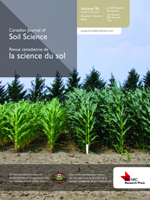
Biochar enhances seedling growth and alters root symbioses and properties of sub-boreal forest soils
No abstract available
